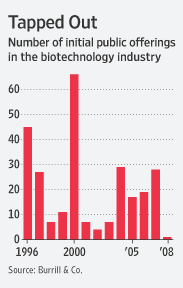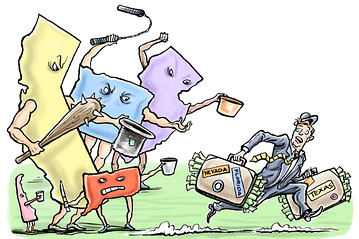(p. W13) With each passing week that the assault against global capitalism continues in Washington, I become more nostalgic for one missing voice: Milton Friedman’s. No one could slice and dice the sophistry of government market interventions better than Milton, who died at the age of 94 in 2006. Imagine what the great economist would have to say about the U.S. Treasury owning and operating several car brands or managing the health-care industry. “Why not?” I can almost hear him ask cheerfully. “After all, they’ve done such a wonderful job delivering the mail.”
. . .
I’ve been thinking a lot lately of one of my last conversations with Milton, who warned that “even though socialism is a discredited economic model and capitalism is raising living standards to new heights, the left intellectuals continue to push for bigger government everywhere I look.” He predicted that people would be seduced by collectivist ideas again.
. . .
A few scholars are now properly celebrating the Friedman legacy. Andrei Shleifer, a Harvard economics professor, has just published a tribute to Friedman in the Journal of Economic Literature. He describes the period 1980-2005 as “The Age of Milton Friedman,” an era that “witnessed remarkable progress of mankind. As the world embraced free market policies, living standards rose sharply while life expectancy, educational attainment, and democracy improved and absolute poverty declined.”
For the full commentary, see:
Moore, Stephen. “Missing Milton: Who Will Speak for Free Markets?” The Wall Street Journal (Sat., May 29, 2009): W13.
(Note: ellipses added.)
The full reference to the article by Shleifer, is:
Shleifer, Andrei. “The Age of Milton Friedman.” Journal of Economic Literature 47, no. 1 (March 2009): 123-35.








